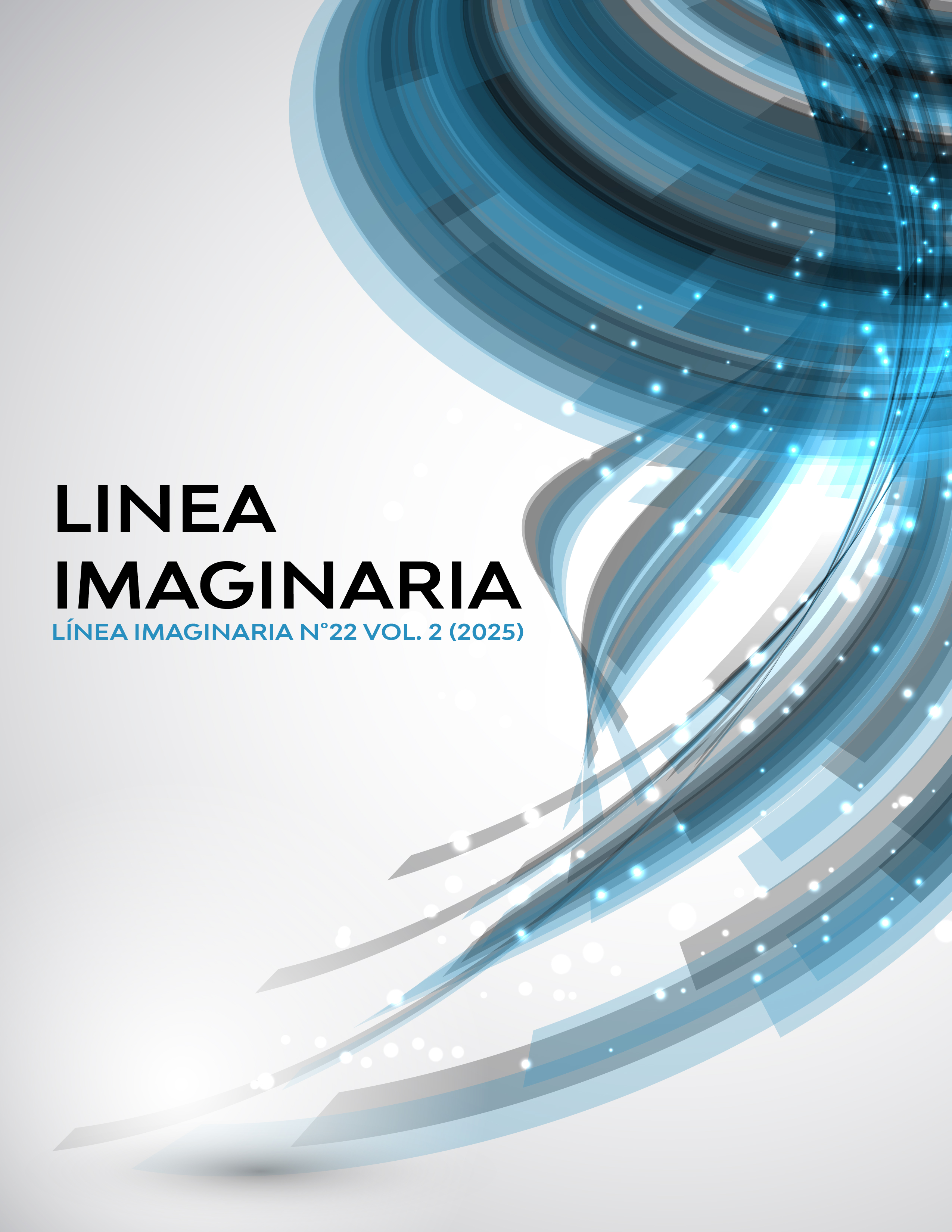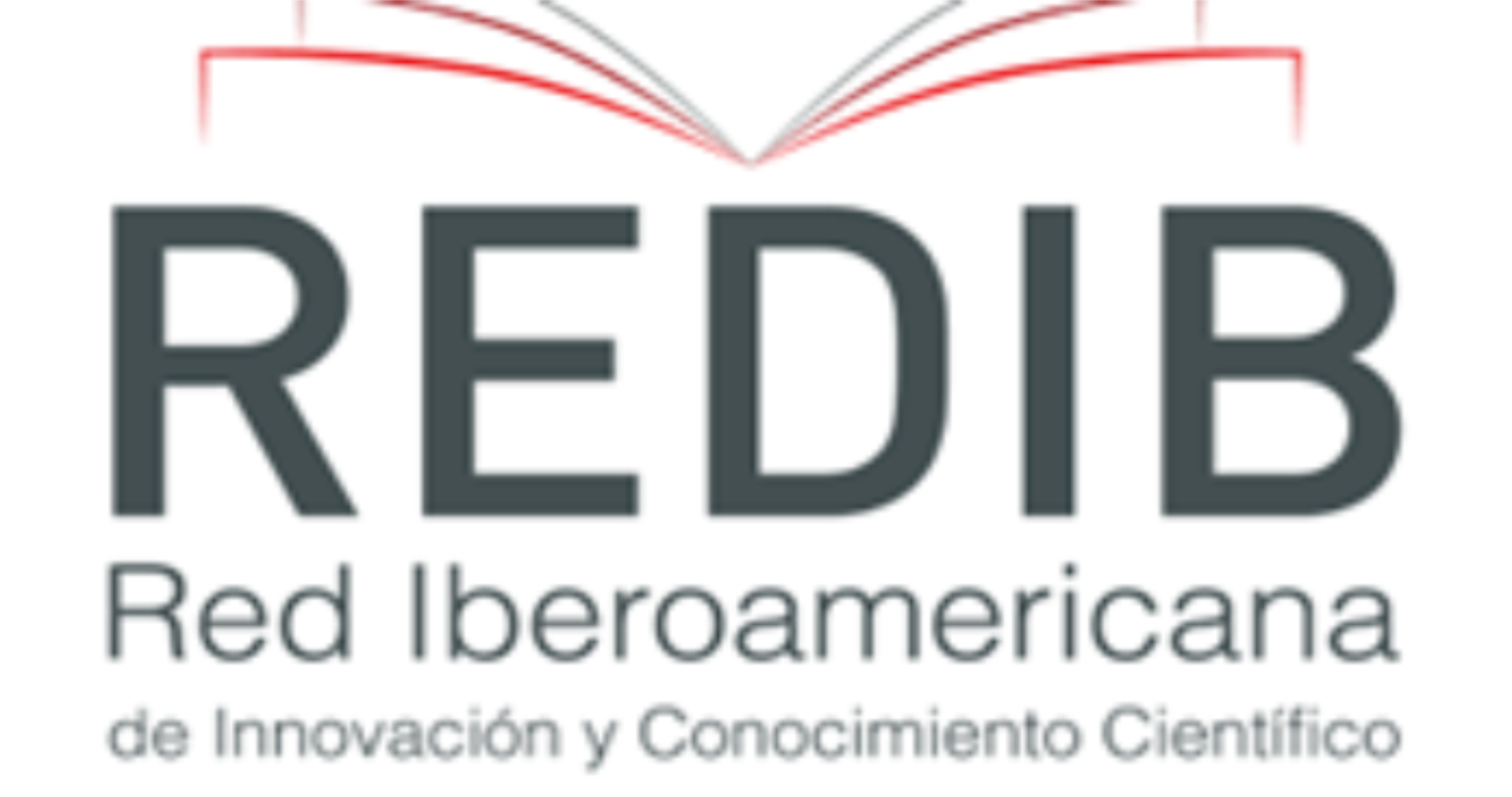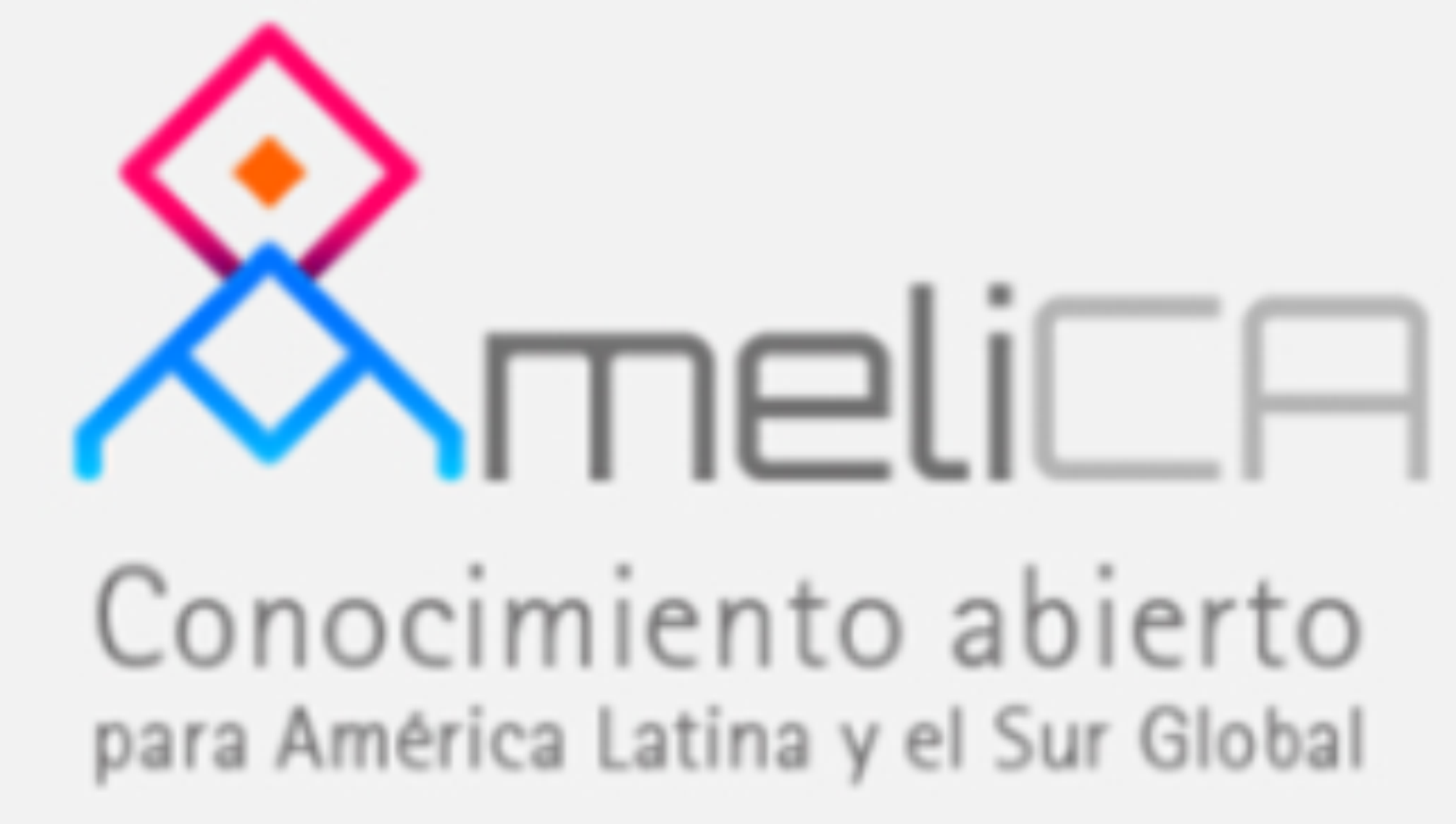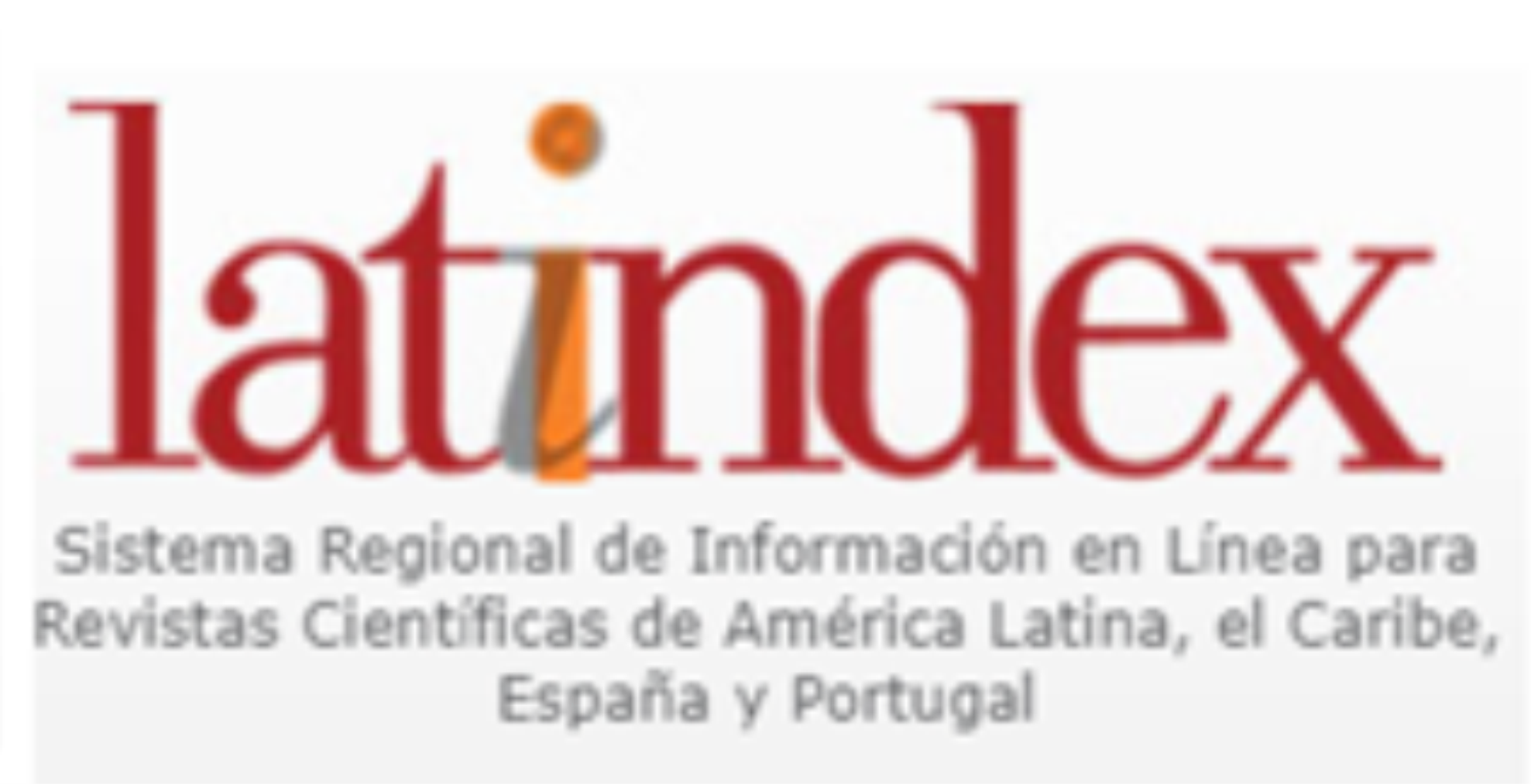INTEGRATION OF DIDACTIC TECHNOLOGIES IN THE CLASSROOM: DIDACTIC STRATEGIES FOR ACTIVE LEARNING
DOI:
https://doi.org/10.56219/lneaimaginaria.v2i22.4496Keywords:
Didactic strategies, active learning, Digital resources, educational technologies, technological integrationAbstract
The integration of didactic technologies in the classroom represents a key strategy to transform educational processes and foster active learning. This article examines the impact of digital tools on teaching, emphasizing their role in learning personalization, student engagement, and collaborative knowledge construction. Through a mixed-methods approach, various technological integration strategies were analyzed, including the use of interactive platforms, methodologies such as flipped classrooms, and adaptive digital resources. Findings indicate that the implementation of didactic technologies significantly enhances motivation and academic performance, provided they are supported by adequate infrastructure and continuous teacher training. However, challenges such as the digital divide, unequal access to technology, and the need for inclusive educational policies to ensure sustainability were identified. It is concluded that the effective use of technologies in the classroom not only optimizes the teaching-learning process but also requires strategic planning that considers the training of educational actors and equitable access to digital resources.
Downloads
References
Área Moreira, M., & Hernández Rivera, J. (2014). Modelos de integración didáctica de las TIC en el aula. Revista Latinoamericana de Tecnología Educativa, 13(2), 15-28. España. [Disponible en línea: https://revistas.uned.es/index. php/relatec/article/view/13917]
Bergmann, J., & Sams, A. (2012). Flip Your Classroom: Reach Every Student in Every Class Every Day. International Society for Technology in Education. Estados Unidos. [Disponible en línea: https://www.iste.org/resources/product?id=2284]
Correa Leguizamón, E. (2010). Las TIC como herramientas didácticas en el marco del aprendizaje significativo. Universidad Minuto de Dios. Colombia. [Disponible en línea: https://repository.uniminuto.edu/bitstream/10656/590/1/TI_Correa LeguizamonEdy_2010.pdf]
Lion, C. (2019). Los desafíos y oportunidades de incluir tecnologías en las prácticas educativas. IIPE UNESCO Buenos Aires. Argentina. [Disponible en línea: https://www.buenosaires.iiep.unesco.org/sites/default/files/archivos/analisis_comparativos_-_carina_lion_05_09_2019.pdf]
Mishra, P., & Koehler, M. J. (2006). Technological Pedagogical Content Knowledge: A Framework for Teacher Knowledge. Teachers College Record, 108(6), 1017-1054. Estados Unidos. [Disponible en línea: https://www.learntechlib.org/p/99246/] DOI: https://doi.org/10.1177/016146810610800610
Salmerón, L. (2024). Pantallas en el aula: ¿para qué? Educación y Sociedad, 18(3), 15-26. España. [Disponible en línea: https://cadenaser.com/comunitat-valenciana/2024/09/18/pantallas-en-el-aula-para-que-radio-valencia/]
Vargas-Murillo, G. (2020). Estrategias educativas y tecnología digital en el proceso enseñanza-aprendizaje. Ciencia y Cultura, 61(1), 10-20. Costa Rica. [Disponible en línea: https://www.revistas.ucr.ac.cr/index.php/cycc/article/view/41450]
Downloads
Published
How to Cite
Issue
Section
License

This work is licensed under a Creative Commons Attribution-NonCommercial-ShareAlike 4.0 International License.
La revista Línea Imaginaria conserva los derechos patrimoniales (copyright) de las obras publicadas, que favorece y permite la reutilización de los mismos bajo la licencia Creative Commons Atribución-NoComercial-CompartirIgual 4.0 , por lo cual se pueden copiar, usar, difundir, transmitir y exponer públicamente, siempre que se cite la autoría y fuente original de su publicación (revista, editorial, URL y DOI de la obra), no se usen para fines comerciales u onerosos y se mencione la existencia y especificaciones de esta licencia de uso. Si remezcla, transforma o crea a partir del material, debe distribuir su contribución bajo la misma licencia del original.













